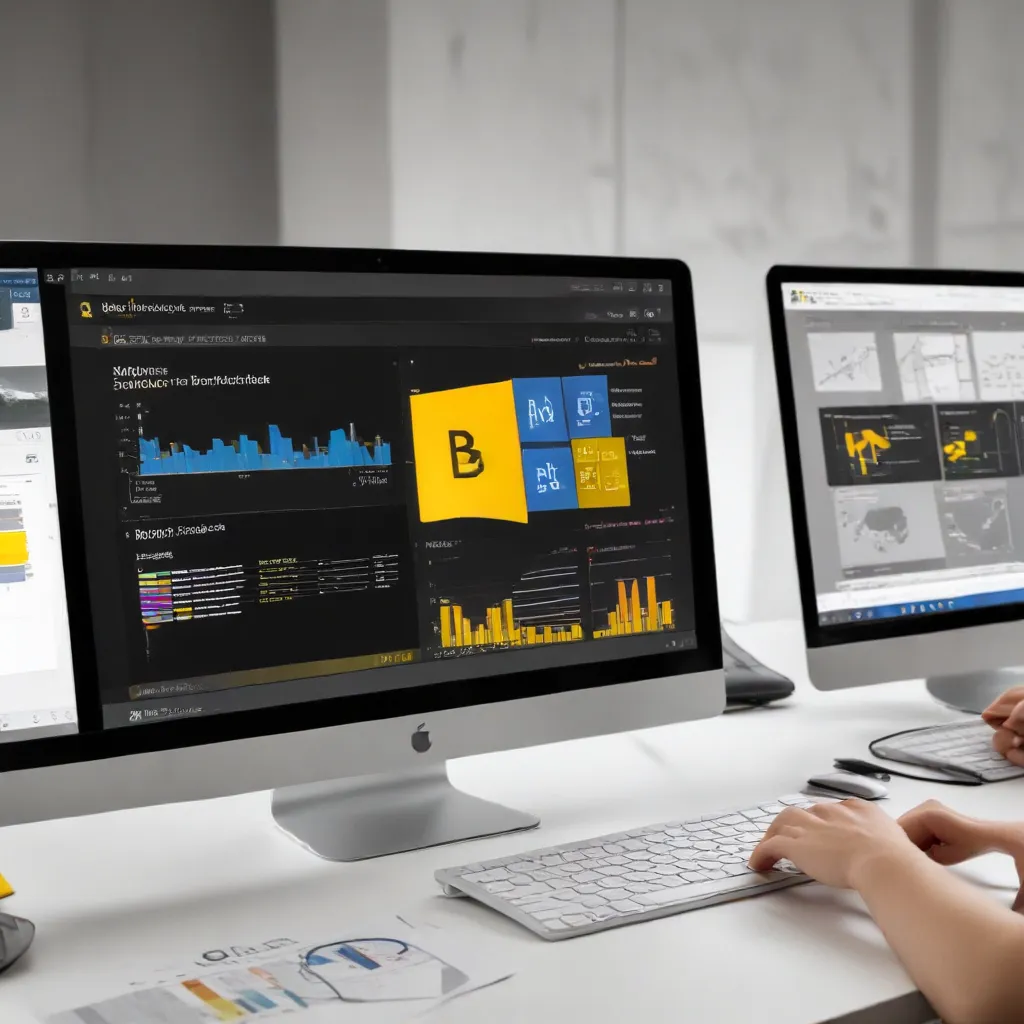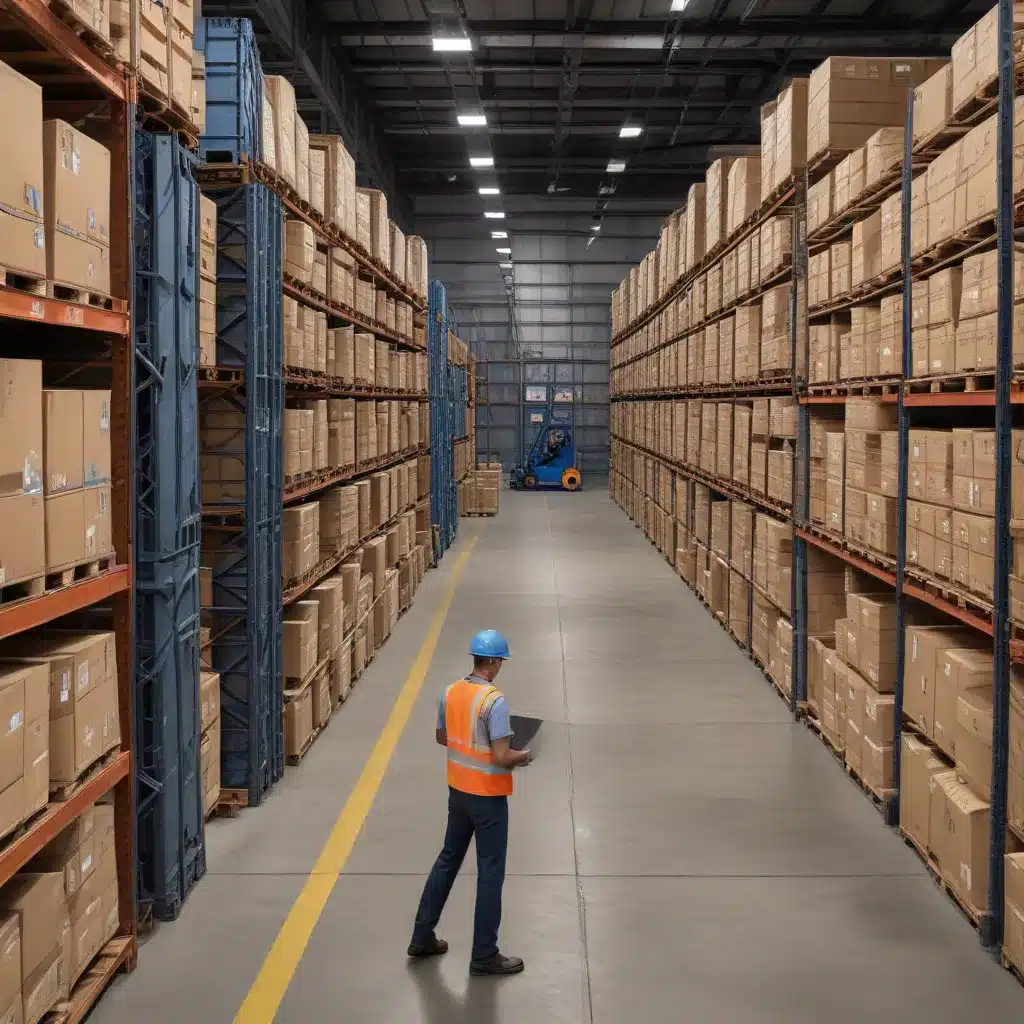
The Growth of LPWAN Connectivity for Large Scale IoT
Introduction
The Internet of Things (IoT) is growing at a rapid pace. Connecting physical objects and devices to the internet is enabling powerful new applications across many industries. However, connecting large numbers of devices spread over wide areas brings challenges around connectivity. Traditional cellular networks can provide wide coverage but at a high cost in terms of hardware and data plans. This is where LPWAN (Low Power Wide Area Network) connectivity comes in. LPWANs provide long range wireless connections to IoT devices using very little power. This enables the large scale, cost effective deployments needed for massive IoT. In this article, I will provide an overview of LPWAN technology and explain why it is experiencing strong growth for connecting IoT devices across large areas.
Overview of LPWAN Technology
LPWANs are wireless networking technologies optimized for low power consumption and long range connectivity. This enables IoT devices to operate for years on batteries while transmitting data over distances of 10km or more. LPWANs achieve this through techniques such as:
-
Narrowband transmissions – By using a small slice of wireless spectrum and transmitting at low data rates, the power needs are minimized.
-
Spread spectrum – Signals are spread across a wide band which improves resistance to interference.
-
Adaptive data rates – Devices can adjust their data rate based on signal strength to maximize battery life.
There are a few competing LPWAN standards including LoRaWAN, Sigfox and NB-IoT. While they differ in technical details, they share these core principles of long range and low power operation.
Benefits of LPWANs for Large Scale IoT
LPWANs bring three key benefits that make them ideal for connecting large numbers of geographically dispersed IoT devices:
1. Low Cost
LPWAN modules and antennas are inexpensive compared to LTE or 5G hardware. This allows each IoT sensor or device to be produced at low cost. With LPWANs, the data plan costs per device are also much lower than with cellular networks. This combination of inexpensive hardware and connectivity makes large scale deployments economically feasible.
2. Long Battery Life
The extremely low power usage of LPWAN devices means batteries can last 5-10 years in typical use cases. This minimizes maintenance costs. Devices can often be entirely battery powered rather than needing access to continuous external power.
3. Extended Range
LPWAN signals can travel 10-15km in rural areas and 1-5km in urban areas. This enables a small number of base stations to provide connectivity across entire cities or rural regions. Fewer access points are needed compared to WiFi or mesh networks.
Growth of LPWAN Connectivity
The advantages of LPWANs for massive IoT have led to rapid adoption growth in recent years.
-
According to IoT Analytics, global LPWAN connections crossed 150 million in 2020 and are projected to reach 1 billion by 2023.
-
LoRaWAN leads with over 80 million devices connected while NB-IoT is also growing quickly.
-
Major IoT chip vendors including Semtech, Qualcomm, Nordic and ST Microelectronics now offer integrated LPWAN connectivity in their modules.
-
LPWAN networks are being deployed by telecom operators and third parties across cities and regions globally.
-
LPWANs are being adopted for smart metering, asset tracking, infrastructure monitoring, agricultural sensors, and many other applications.
This growth is being driven by the needs of industrial and enterprise users that are rolling out large scale IoT projects. LPWANs enable them to connect thousands of endpoints over wide areas at affordable cost and effort.
Challenges for LPWAN Growth
While LPWAN adoption is accelerating, there are some challenges to further growth:
-
Network coverage – While expanding, LPWANs have limited territorial coverage compared to cellular networks. Growing the footprint requires continued investment and expansion by operators.
-
Device certification – Getting devices certified on a LPWAN network can still be time consuming. Streamlining this process will help adoption.
-
Battery replacement – Though battery life is long, the need to replace batteries down the road may limit applicability for some long lifetime use cases.
-
Data rates – LPWAN data rates are relatively slow. Applications needing higher data throughput may be better suited for 5G or WiFi.
The Future is Bright for LPWANs
LPWAN technologies like LoRaWAN provide long range connectivity that is ideal for connecting large numbers of IoT devices across big geographic areas. Their advantages for low power, low cost massive IoT ensure LPWAN adoption will continue its rapid growth. While challenges remain, the opportunities enabled by LPWANs make their future very bright for enabling large scale deployments of IoT networks across diverse industries and applications.












